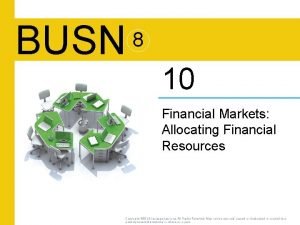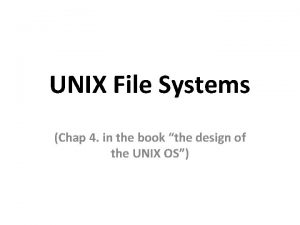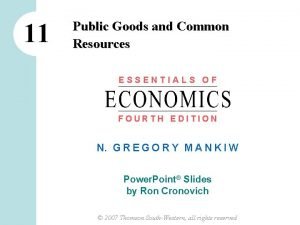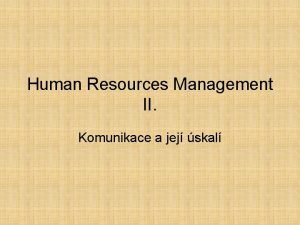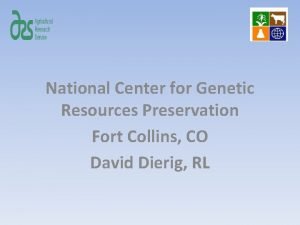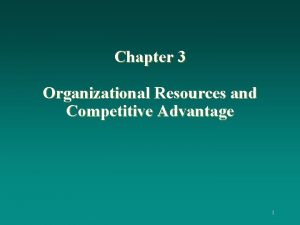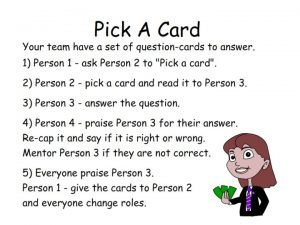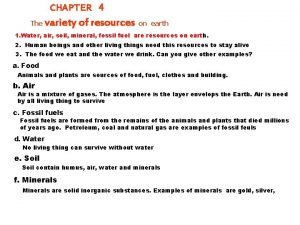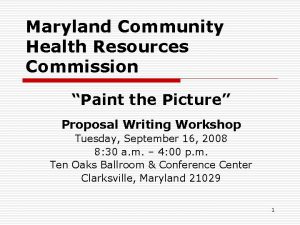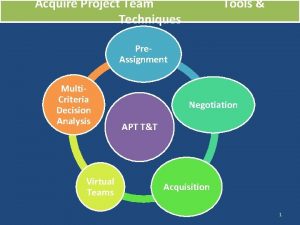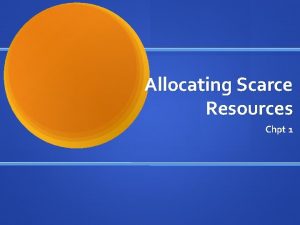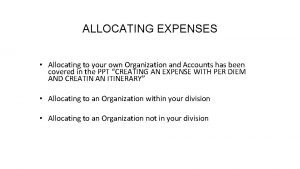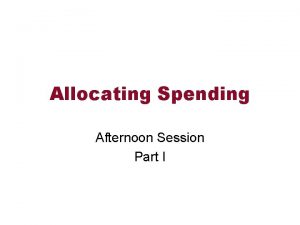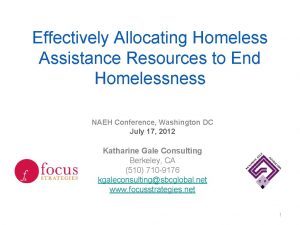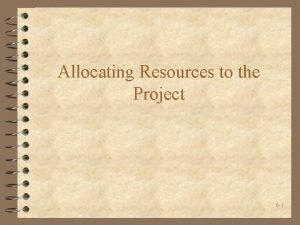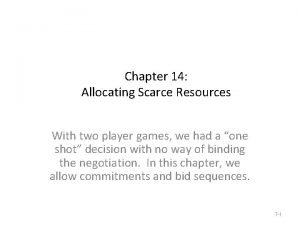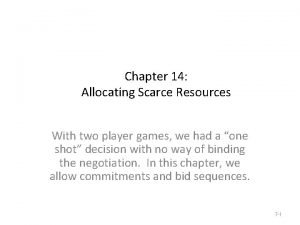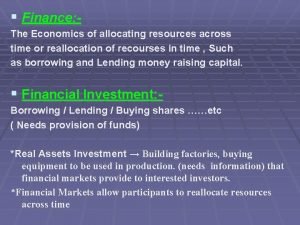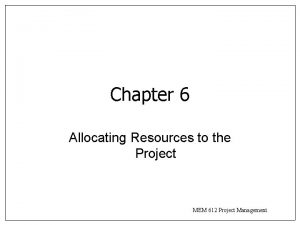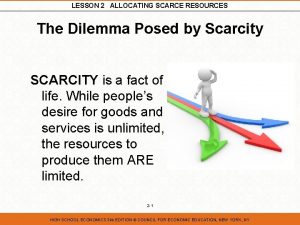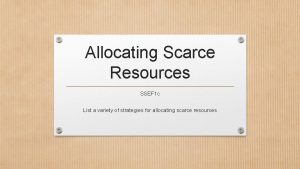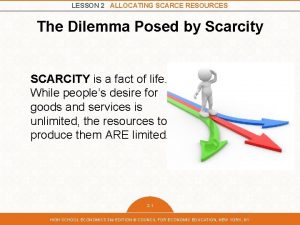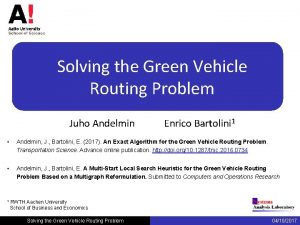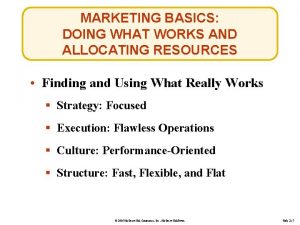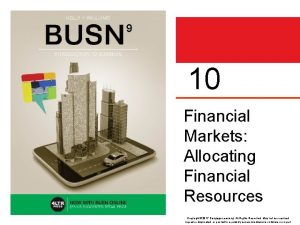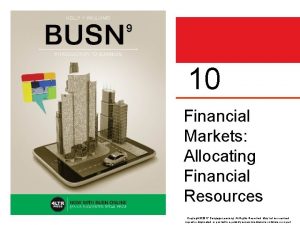Evaluation n Assists with allocating resources n what























- Slides: 23

Evaluation n Assists with allocating resources n what is working n how things can work better

Effective Evaluations n ID strategies/initiatives working best n Provide feedback for decision making n Show cost-effectiveness of different strategies n Increase ability to manage projects/programs

Why Evaluate? n To determine effectiveness n understand or verify impact of service, program, product n To assess efficiency n ensuring optimal use of time & resources n To be accountable n account for what has been accomplished through project funding n To identify ways to improve a program n n n Improving usefulness of the program or service Determining what works & doesn’t (strengths & weaknesses) Determining if program is meeting needs of participants

Types of Evaluation n Formative n Information you collect to help you plan or implement a program/service n n Needs assessment Feasibility assessment Pre-testing program elements Audience analysis

Types of Evaluation n Process n n Assesses aspects of program activities On-going process – feedback for decision making along the way n n n Tracking quantity & type of service Tracking people reached (# and type) Participant satisfaction (e. g. , quality of service) n PIE focus n Perfect, Improve, Eliminate

Types of Evaluation n Impact n Whether & to what extent a program has accomplished stated goals & objectives

Fiscal or Efficiency Evaluation n Compares costs -- economic resources consumed by program n WITH n consequences -- to health effects or outcomes n

Fiscal Evaluation Cost-Benefit Analysis n Compares n cost in $$ n economic benefits/consequences in units of currency n For every $1 spent on preschool program, there are $7 in benefits through reduced societal costs

Fiscal Evaluation – Cost-Effectiveness Analysis n Compares: n costs in monetary units -- $$ n health effects in units of mortality, morbidity, health status measure n Costs $x to prevent one infant death from diarrheal disease by supporting breastfeeding

Fiscal Evaluation Cost-Utility Analysis n Compares n cost in $$ n consequences in health terms as utilities or the preference/desire for a specific outcome n Compare costs and outcomes of interventions n Cost $x to avoid one case of diarrheal disease through oral rehydration or clean water supply

Steps in Evaluation n DESCRIBE/CLARIFY YOUR PROGRAM n Engage stakeholders n Assess resources n DESIGN THE EVALUATION n Determine evaluation methods n Collect the data n Process and analyze the data n Interpret and disseminate the results n TAKE ACTION n Who conducts evaluation?

Evaluation Framework n Provides a plan that links the activities (implementation objectives) and outcomes (outcome objectives) with your evaluation questions, indicators, data sources and data collection methods n Evaluation questions directly reflect program’s implementation and/or outcome objectives.

Evaluation Framework n Indicators n n n What are the specific measures indicating you have achieved your objectives? How will you know if you accomplished your objectives? What would be a success? n Sources n n Who can provide information about this? Where can you get the information? n Tools n What is/are the best way(s) to gather information/find out from people?

Evaluation Framework Implementation or outcome objective: Evaluation Questions Indicators Data Sources Data Methods

Measurement Indicators n Outcome Indicators n measures for your outcomes n Short-term n n Improved access Improved collaboration Policy changes Changes in awareness, knowledge or beliefs n Longer n n n term Service utilization Morbidity/mortality Health status

Measurement Indicators n Process Indicators n Measures for how program delivered n Training sessions held Type of staff Staff activities and time Resources distributed Participation Client Satisfaction n n

Program Logic Model n A diagrammatic representation of a program n n Depicts relationships between program activities, outputs & outcomes Describes a program to stakeholders n n clarifies how the program is structured Shows how different facets of a program are linked Integrates program planning & evaluation Facilitates the assessment of the feasibility of program activities achieving program objectives

Program Logic Model – CAT SOLO n Components – Closely related groups of activities in your program n Activities – describe what you are going to do & provide (implementation strategies) n Target reach – describes who you are trying to n Outcomes – describe impacts on the customers, clients, organizations, systems (short and long-term outcomes)

Program Logic Model – CAT SOLO Components Activities Target Short-term Outcomes Long-term Outcomes

Communicating Evaluation Findings n Communicate info to potential users n Ensure report addresses issues users perceive as important n Ensure timely delivery n Ensure format easily understood by users

Communicating Evaluation Findings n Include copies of survey tools n Summarize computer printouts in table format

Potential Users of Evaluation Results n Immediate Supervisor n Senior Management/Boards of Directors n Policymakers n Funding agencies n Peers in similar programs n Client base/Community n Program personnel

Communicating Evaluation Findings: Figure 4 -4, p. 123
 Markets allocating resources
Markets allocating resources Allocating kernel memory in os
Allocating kernel memory in os Iget algorithm in unix
Iget algorithm in unix Welcoming and greeting the guest procedure
Welcoming and greeting the guest procedure Renewable vs nonrenewable resources worksheet
Renewable vs nonrenewable resources worksheet What is transformation process
What is transformation process Variable resources definition
Variable resources definition Is national defense excludable
Is national defense excludable Historie human resources
Historie human resources 2.15 quiz: marine resources
2.15 quiz: marine resources Portfolio committee on mineral resources and energy
Portfolio committee on mineral resources and energy National center for genetic resources preservation
National center for genetic resources preservation Potentially renewable examples
Potentially renewable examples Federal authority for government human resources
Federal authority for government human resources General organizational resources
General organizational resources Chapter 10 managing human resources
Chapter 10 managing human resources Gcse business studies resources
Gcse business studies resources Pmr
Pmr Disadvantages of geothermal energy
Disadvantages of geothermal energy Metals are non renewable resources
Metals are non renewable resources Unit 2 the united states and canada worksheet answers
Unit 2 the united states and canada worksheet answers Maryland community health resources commission
Maryland community health resources commission Torrance memorial medical center medical records
Torrance memorial medical center medical records Manage project team tools and techniques
Manage project team tools and techniques
